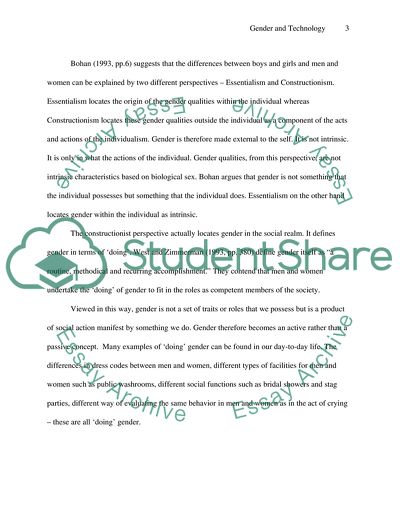Cite this document
(Gender, Culture and Technology Assignment Example | Topics and Well Written Essays - 2000 words, n.d.)
Gender, Culture and Technology Assignment Example | Topics and Well Written Essays - 2000 words. Retrieved from https://studentshare.org/gender-sexual-studies/1544619-womens-studies-gender-culture-and-technology
Gender, Culture and Technology Assignment Example | Topics and Well Written Essays - 2000 words. Retrieved from https://studentshare.org/gender-sexual-studies/1544619-womens-studies-gender-culture-and-technology
(Gender, Culture and Technology Assignment Example | Topics and Well Written Essays - 2000 Words)
Gender, Culture and Technology Assignment Example | Topics and Well Written Essays - 2000 Words. https://studentshare.org/gender-sexual-studies/1544619-womens-studies-gender-culture-and-technology.
Gender, Culture and Technology Assignment Example | Topics and Well Written Essays - 2000 Words. https://studentshare.org/gender-sexual-studies/1544619-womens-studies-gender-culture-and-technology.
“Gender, Culture and Technology Assignment Example | Topics and Well Written Essays - 2000 Words”. https://studentshare.org/gender-sexual-studies/1544619-womens-studies-gender-culture-and-technology.


